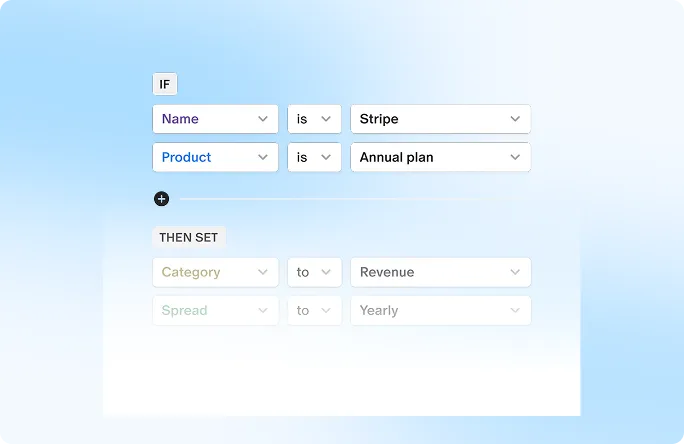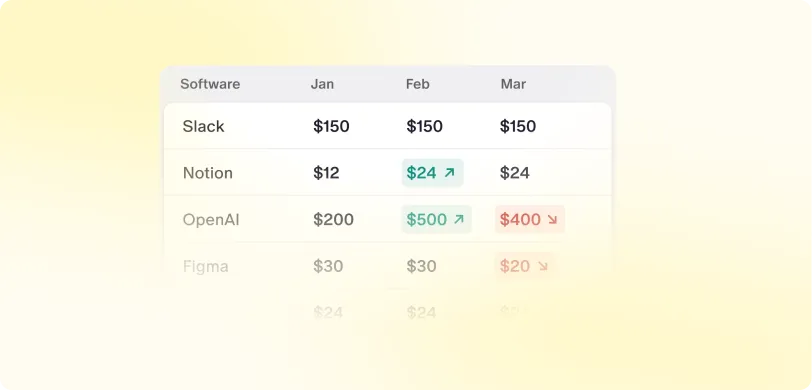In the realm of employee ownership, ESOPs (Employee Stock Ownership Plans) have gained traction as a powerful means to foster engagement and reward commitment. As the concept of ESOP Liquidity Programs gains prominence, the opportunity for employees to access the value of their vested shares becomes increasingly relevant. This blog delves into the pivotal aspect of determining eligibility for these programs, underlining the importance of understanding the criteria that pave the way for employees to benefit from their ownership stakes.
Understanding ESOP Liquidity Programs:
ESOP Liquidity Programs represent a dynamic evolution in the world of employee ownership. These programs are carefully designed to strike a balance between employees' financial needs and the company's long-term objectives. They offer a pathway for employees to turn their vested shares into liquid assets, providing a unique opportunity for financial flexibility. By allowing employees to sell their vested shares, these programs cater to the changing circumstances and aspirations of the workforce, while also safeguarding the organization's stability. Navigating the nuances of these programs involves grasping eligibility requirements and comprehending the underlying mechanisms that drive their functionality.
Key Factors in Determining Eligibility:
When it comes to participating in ESOP Liquidity Programs, several key factors significantly influence an employee's eligibility.
1. Importance of Tenure: The length of an employee's service within the organization is a crucial determinant. Longer tenure often correlates with a higher likelihood of eligibility, indicating a deeper commitment and alignment with the company's goals.
2. Vesting Requirements: Vested shares, earned through dedicated service and adherence to vesting schedules, play a pivotal role. Fully vested shares are more likely to be eligible for liquidity options, reflecting the recognition of an employee's loyalty and contribution.
3. Employment Status: Eligibility extends to various employment statuses, including active, terminated, or retired employees. While active employees can access liquidity options, even terminated or retired individuals might qualify based on program rules and timing.
Understanding these factors is essential for employees considering ESOP Liquidity Programs, enabling them to gauge their eligibility accurately and make informed decisions about leveraging their ownership stakes.
Tenure and Its Influence on Eligibility:
The length of an employee's tenure within an organization serves as a significant compass in determining eligibility for ESOP Liquidity Programs. Longer tenure often translates to a stronger connection with the company's mission and a deeper understanding of its operations. This accumulated experience reflects commitment, loyalty, and expertise, making employees with extended tenure more likely to be eligible for liquidity options. Their prolonged engagement signifies a vested interest in the organization's success, aligning with the principles behind employee ownership. As tenure increases, the opportunity for employees to access liquidity not only rewards their dedicated service but also reinforces the program's objective of providing tangible benefits to those who have contributed over an extended period.
Vesting Requirements: The Gatekeeper to Liquidity:
Vesting requirements stand as the gatekeeper between an employee's ownership and their access to liquidity in ESOP programs. These requirements symbolize the commitment and dedication an employee has demonstrated over time. As employees accumulate vesting years, they unlock the privilege to fully own their granted shares. These fully vested shares are the ones that usually qualify for liquidity options, allowing employees to transform their hard-earned equity into tangible financial assets. Vesting requirements not only safeguard the stability of the organization but also reflect the mutual investment between the employee and the company. They underscore the essence of employee ownership, ensuring that the rewards of ownership are granted to those who have genuinely contributed to the company's growth and success.
Navigating Employment Status for Eligibility:
The landscape of ESOP Liquidity Program eligibility is closely intertwined with an individual's employment status. Whether an employee is active, terminated, or retired, their eligibility can vary. Active employees often have straightforward access to liquidity options, while the eligibility of terminated or retired employees depends on program rules and timing. Understanding the nuances of eligibility within these different employment statuses is crucial. It ensures that individuals have a clear picture of their options as circumstances evolve. For those transitioning out of active employment, accessing liquidity can offer a bridge between their career phases. The intricacies of employment status and eligibility underscore the adaptability of ESOP Liquidity Programs, catering to the diverse needs and situations of the entire workforce spectrum.
Additional Criteria for Eligibility Assessment:
While tenure, vesting, and employment status are core factors, other criteria can also shape eligibility in ESOP Liquidity Programs. Company performance might influence eligibility, tying it to the organization's health and growth. Program rules, which can vary, might outline specific requirements. Additionally, individual circumstances, such as financial needs or goals, could be considered. It's essential to thoroughly review program documentation, as these extra criteria can impact eligibility. A holistic understanding of all criteria ensures employees make informed decisions, aligning their participation with both personal aspirations and the program's objectives.
Conclusion:
In the realm of ESOP Liquidity Programs, determining eligibility serves as a crucial stepping stone towards reaping the rewards of employee ownership. Grasping factors like tenure, vesting, and employment status empowers individuals to make well-informed decisions about accessing the liquidity of their vested shares. Beyond these foundational aspects, understanding additional criteria, including company performance and program rules, adds nuance to the eligibility landscape. By demystifying these considerations, employees can confidently navigate the path to liquidity, ensuring that their participation aligns with their individual circumstances and the overarching goals of the program. In this journey towards financial flexibility, informed eligibility assessment emerges as a cornerstone, uniting the principles of employee ownership with the practical benefits it offers.


 ESOP Management
ESOP Management

 Liquidity Solutions
Liquidity Solutions

 ESOP Consulting
ESOP Consulting

 Fund Management
Fund Management













































